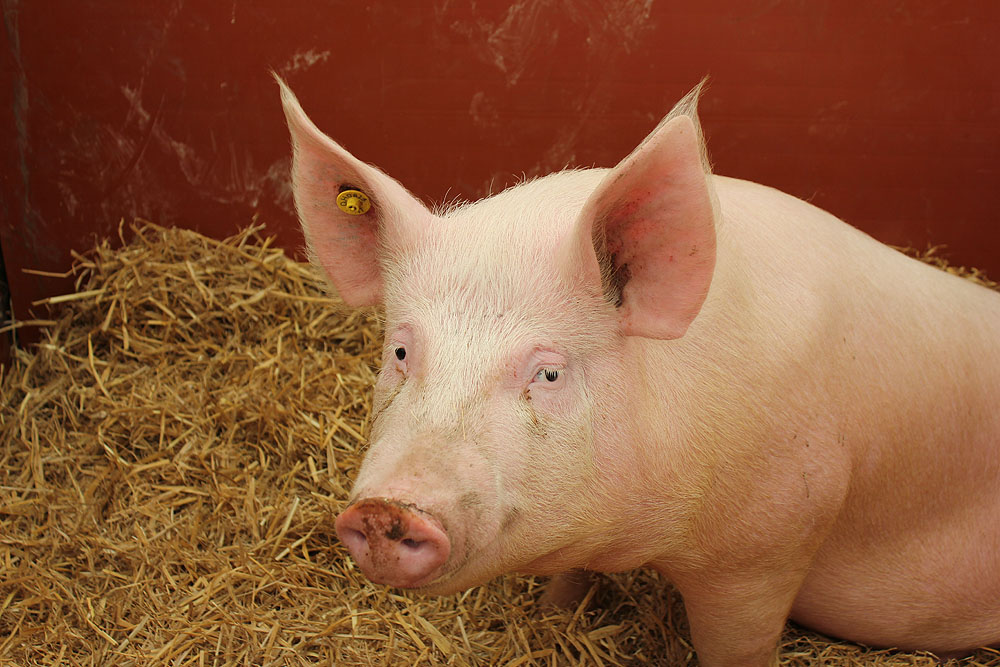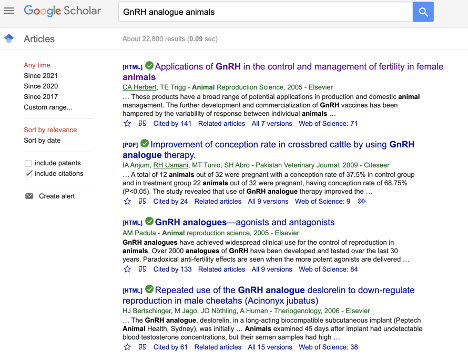June 4th 2021
June is Pride Month! 🏳️🌈
And this year, Pride Month follows a particularly tumultuous legislative period in the U.S with respect to LGBTQIA health. Recently, news about states introducing or passing legislation to restrict or ban the use of medical treatments aimed at treating transgender youth has been fast and furious. Lawmakers in dozens of states, led by Republicans, are passing or considering bills that restrict medical treatments approved to confirm youth’s gender identity. The Arkansas State Legislature earlier this year overrode the governor’s veto on a bill banning the use of one of these gender-confirming treatments, medications called puberty blockers, making Arkansas the first state in the U.S. to ban such treatments for trans youth. Because of this veto override, trans youth will suddenly have to stop these treatments that they have already begun — treatments that are recommended by their physicians, agreed to by the youth and their parents, and central to the Endocrine Society’s Clinical Practice Guideline for Endocrine Treatment of Transsexual Persons. Given that puberty’s physical changes can cause intense distress for many gender-diverse adolescents, these bills have the potential to inflict great harm by legislating healthcare and interfering with rigorously tested, approved medical care.
Puberty blockers are not permanent. The drugs, gonadotropin releasing hormone or GnRH analogues, act by temporarily suppressing the body’s release of sex hormones, including testosterone and estrogen, during puberty. As a result, there is a temporary impairment of spermatogenesis and oocyte maturation. But according to Dr. Joshua Safer, the executive director at Mount Sinai’s Center for Transgender Medicine and Surgery in NYC, they don’t cause permanent changes in a youth’s body. They are a conservative medical option — they are incredibly safe, and they are reversible. Instead, puberty is paused, providing time to determine if the youth’s identity is long lasting and also to plan for the myriad treatments and issues ahead. Puberty blockers are also used for other health issues, such as for some cancers (like severe prostate cancer), for people with adrenal issues, or for people experiencing precocious puberty.
“Puberty blockers are a conservative medical option”
Dr. Joshua Safer, Mount Sinai
So how did we get here? Not legally, but scientifically?
The answer should not surprise you — via animal research, of course! Below we highlight just some of the research with animal models that paved the way for the life-saving and life-enhancing medical treatments used by trans youth today, including leuprolide and histrelin:
- A review paper in 1995 describes the potential use and limitations of this approach for control of fertility on female animals.
- In 2000, a team of researchers studying dogs found that a continuous low-dose administration of a GnRH analogue, deslorelin, acted as a reversible anti-fertility agent in domestic male and female dogs for periods exceeding 1 year.
- A 2001 study in rats demonstrated the ability of injectable leuprolide to delay puberty.
- Lions and otters and foxes (and more), oh my! Check out this 2001 paper.
- A 2004 study in female macaques tested the effects of Lupron on puberty.
- A review paper in 2005 describes how over 2000 GnRH analogues have been tested since 1985!
- A brand new paper just published this week showing the effects of daily treatment with GnRH agonists on puberty delay in male rats.
- And, a long list of additional animal (and human) studies spanning decades is here.
And for a deeper dive into the history of GnRH analogues…
GnRH analogue research first started in the early 1970s with the discovery of GnRH as a key hormone for regulating sexual reproduction in pigs. Not long after, the exact chemical structure of GnRH was found to be similar across all mammals. With such great similarity, scientists became interested in using animal models with GnRH to test new therapies that would increase fertility in humans. After creating and testing a few so-called GnRH super-analogues in animals, they found that the super-analogues actually caused temporarily decreased fertility, making them anti-reproductive. Capitalizing on this unexpected finding, many scientists continued this research with super-analogues to create better methods of hormonal birth control.
In the years since, scientists have used both in vitro (alternative in-dish methods) and in vivo (in living animals) experiments to better understand the effects of GnRH super-analogues. But the in vitro experiments were limited to testing the potency of the chemicals, while in vivo experiments in monkeys, sheep, cows, rats, mice, and hamsters could determine potency in reference to the process of fertility. Some examples include the induction of ovulation, disruptions to estrus cycling, stimulation of uterine growth, inhibition of pregnancy, and the eventual return of fertility. Different animals may be used for different reasons. For example, cows were used to test different types of mini-pumps that could give on-demand GnRH analogues, while rats and mice could be used for their relatively short estrus cycling (5 days), compared to 21 days in humans. Or monkeys could be used because they are one of the few animals that menstruates. Together, both in vitro and in vivo experiments helped scientists better understand the effects of these super-analogues before testing them on humans and bringing them to the public.
One common super-analogue, called deslorelin, is currently used throughout veterinary medicine and in clinical trials with humans. Early animal studies in the mid 1970s on rats showed that deslorelin could delay puberty and reduce fertility in males and females. Subsequent studies in the late 1970s with male and female baboons showed similar effects and found that fertility returned to normal after discontinuation of the drug. Around the same time studies had begun in humans using a chemical similar to deslorelin, finding similar effects in women and men.
Today deslorelin is mostly used throughout veterinary medicine to promote ovulation as part of the artificial insemination process, chemical castration, treating pet birds from chronic egg laying behavior, and even treating dogs with benign prostate hyperplasia. Deslorelin has also been used in clinical trials in humans to treat cancers in the breast and prostate, precocious puberty, endometriosis, and polycystic ovary syndrome. Similar GnRH analogues, such as leuprolide and histrelin, are most commonly used in humans to delay puberty. Leuprolide has additional uses in in-vitro fertilization (IVF) treatments as well. Thus, GnRH analogues (puberty blockers) have widespread use beyond treating transgender youth.
The contributions of #animalresearch to necessary treatments for transgender youth health are innumerable, as a Google Scholar search shows:
Happy Pride Month! 🏳️🌈
~Speaking of Research




